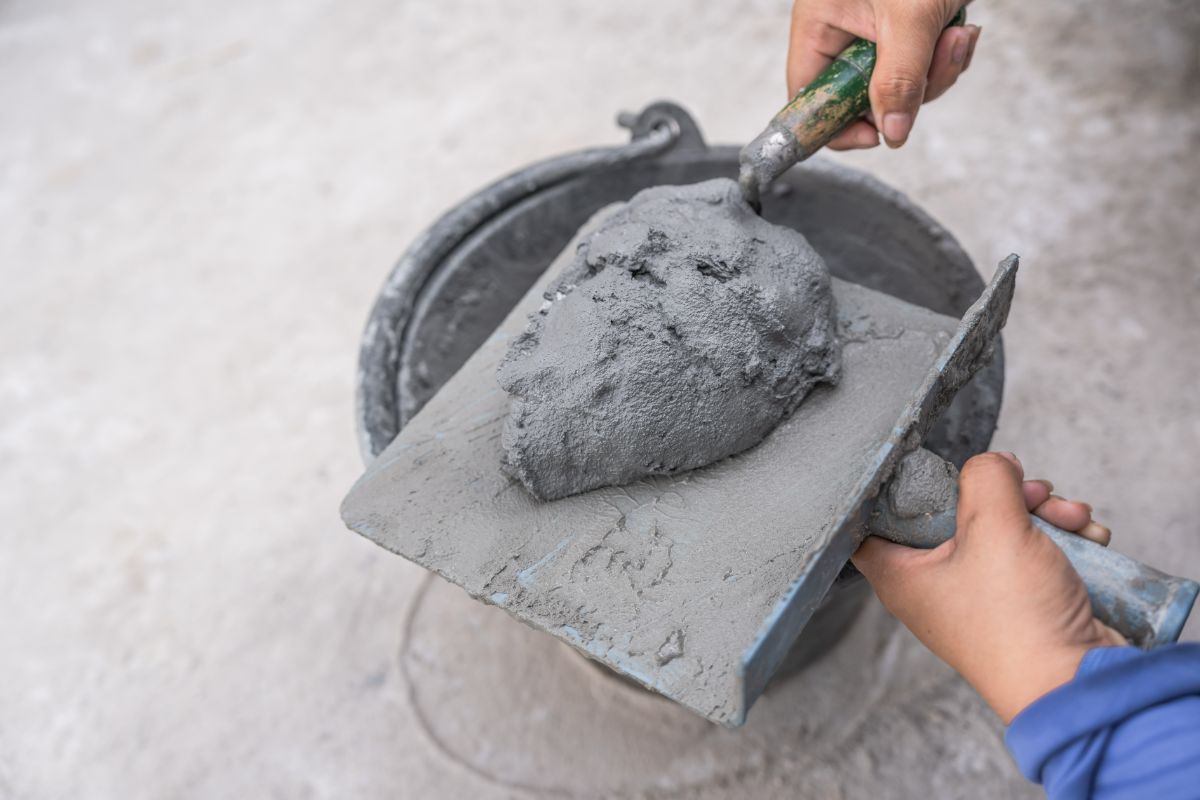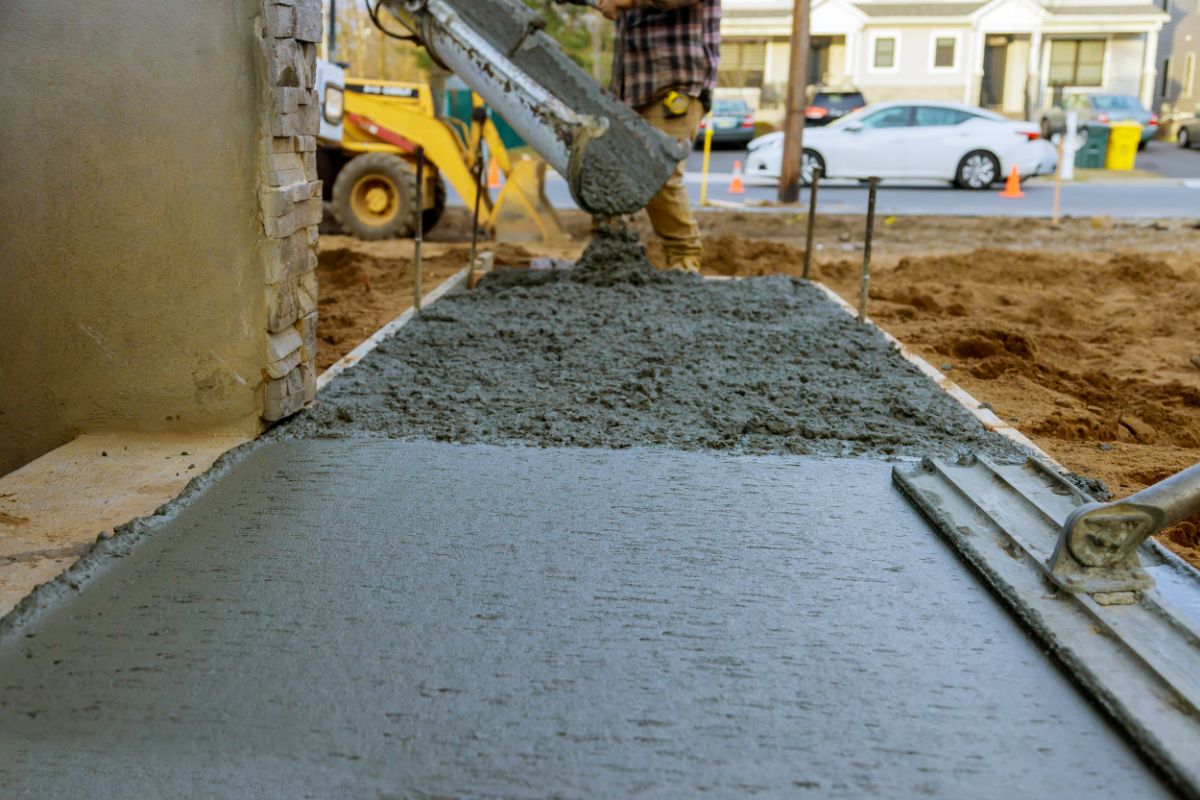

Overview
- This article debunks common myths about ready mix concrete, providing accurate insights.
- It highlights the customizable colors and versatility of ready mix concrete in architectural and construction projects.
- It also emphasizes the importance of proper curing and reducing permeability for durable and effective use of concrete.
Ready mix concrete is a widely used building material known for its convenience, strength, and versatility. However, like any other industry, it is not immune to myths and misconceptions that can lead to misunderstandings.
This article aims to debunk the common myths about ready mix concrete, providing you with accurate insights. By dispelling these myths, it enhances your understanding of this concrete and highlights its benefits as a reliable and efficient construction material. Read on to learn more.
Concrete, typically characterized by its natural gray appearance, offers a customizable aesthetic through the addition of mineral colors during the wet mixing phase. This process allows for a diverse range of colors as the mineral pigments are thoroughly blended into the concrete mixture.
As the concrete cures and hardens, it retains these added colors, providing a versatile and pleasing alternative to the traditional gray finish. This not only enhances the visual appeal of concrete but also expands its applications, making it a good choice for various designs in architectural and construction projects.
Water, in both its liquid and vapor forms, possesses the ability to permeate through concrete structures over time. While the incorporation of well-graded aggregate can help mitigate this permeability to some extent, it’s essential to acknowledge that even in the densest concrete compositions, a certain level of porosity may persist.
However, proactive measures can be taken to enhance resistance against water ingress. Surface treatments such as sealants and coatings offer effective solutions to further fortify the concrete’s impermeability. These treatments form a protective barrier on the concrete surface, reducing the likelihood of water penetration and minimizing the potential for damage due to moisture intrusion over the long term.

Concrete undergoes volume changes during the processes of setting, hardening, and drying. Achieving a professional finish is crucial, as issues such as slab edge curling can arise due to variations in moisture content and temperature within the slab. Curling is less likely to occur when efforts are made to minimize temperature differentials during the concrete’s curing process.
Cement is a fine powder that acts as a binder. It is made from limestone, clay, shells, and silica, which undergo a complex manufacturing process. When mixed with water, it undergoes a chemical reaction called hydration, resulting in a solid, durable material.
On the other hand, concrete is a composite material made by mixing cement with other components. These components typically include water, aggregates (such as sand and crushed gravel), and often additional additives to improve certain properties of the concrete. The aggregates provide bulk and stability to the mixture, while the water and cement form a paste that binds everything together.
Concrete is available in different compressive strengths, ranging from 2,500 psi to 10,000 psi. However, the strongest concrete is not necessarily the most durable. It depends on factors like freeze-thaw cycles and sulfate reactions, rather than just compressive strength.
To ensure the durability of concrete, it’s important to reduce its permeability. Lower permeability helps to prevent moisture penetration and protects the concrete from damage. By selecting the right mix design and incorporating additives, the permeability of concrete can be reduced, leading to a more durable final product.

It’s pivotal to consider the temperature during the pouring process to ensure proper drying and hardening of concrete.
In hot weather, the moisture within can evaporate too quickly, resulting in rapid drying and possible shrinkage or cracking. For the best results, pour concrete in moderate temperatures, ranging from about 23° to 32° C. This allows the concrete to develop the desired strength and durability.
In exploring the construction industry, it’s crucial to debunk prevailing myths about ready mix concrete. By addressing concerns regarding strength and flexibility head-on, we empower industry professionals to embrace the reliability, efficiency, and versatility this concrete brings to a spectrum of projects.
Big Ben, a leading company in the industry, is dedicated to upholding the highest production standards. Our state-of-the-art facilities, skilled team, and advanced technology ensure unparalleled quality and on-time delivery of our ready mix concrete. Contact us here for more information.